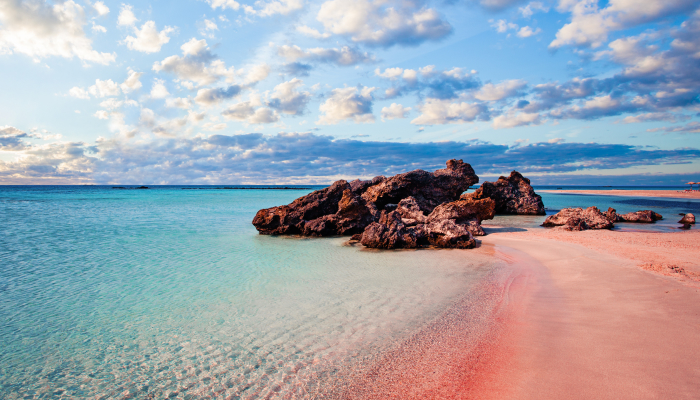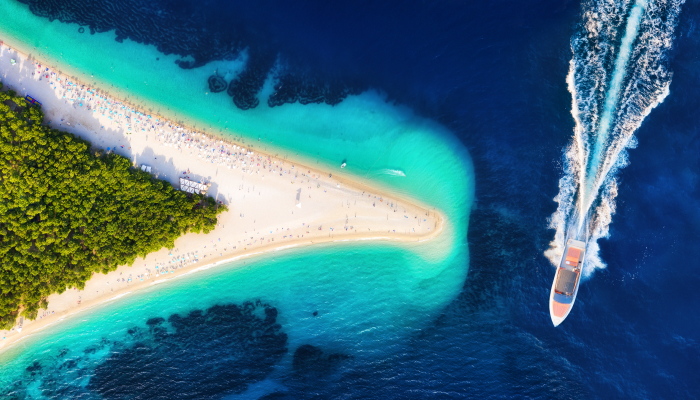Greece and Croatia each claim an intriguing balance of beauty, personality and culture. Both countries house enough museums, monuments and cultural sites to convince a traveller they’ve arrived in the past. We have recommended the best places to visit in Greece and Croatia so you can get an insight into the fascinating history of these cultural hotspots.
Greece
Greece is firmly rooted in an enchanting story of mythology and history. Said to be the birthplace of democracy, it has perfectly preserved ruins and remnants of one of the oldest civilizations in the world for you to explore.
Starting strong with the capital, Athens is home to the archaeological ruins of the Acropolis where you will find the World Heritage registered sites of the Parthenon, the Temple of Athena Nike, the Erechtheion, and the Propylaia. A short bus or car journey away will land you in Delphi, which UNESCO characterised as “a unique artistic achievement”. Walk in the footsteps of Goddess Athena through the Sanctuary of Athena Pronaia, and explore the Archaeological Site of Delphi for a fully immersive experience.
The islands of Santorni and Mykonos are home to instantly recognisable whitewashed walls and blue-domed roof buildings. The Cycladic architecture sits strikingly against the stunning Greek landscapes, although it’s actually as political as it is beautiful. During wartime, the Greek military mandated blue and white as standard colours for homes to boost patriotism.
There is so much culture and history at every turn in Greece, it’s no wonder it draws history hunters and mythology lovers by their millions every year.
Croatia
Although Croatia doesn’t possess as many ruins and monuments as Greece, it certainly showcases some spectacular sites which shouldn’t be overlooked.
The famous old town of Dubrovnik itself is UNESCO verified and ranks as one of Croatia’s greatest cultural attractions. Despite it being the foreground for political unrest in the 1990s, many of its beautiful buildings still stand proud and make for excellent sightseeing.
Just outside of Dubrovnik’s mediaeval city walls sits Fort Lovrijenac. A most impressive structure, it guards the entrance to the city from the Adriatic sea. Game of Thrones fans will recognise this as the Red Keep in the King’s Landing.
Pula Arena, more formally known as Pula Amphitheatre, is an impressive spectacle of historical preservation. Originally built in the 1st century AD, it was used to host gladiatorial battles under the Romans and tournaments of knights in Mediaeval times. After restoration, it comfortably seats 5000 people and generally presents operas and film festivals.


















